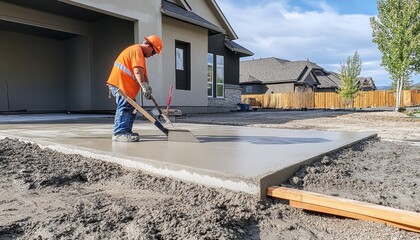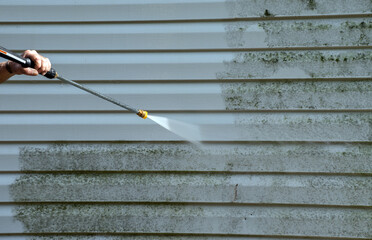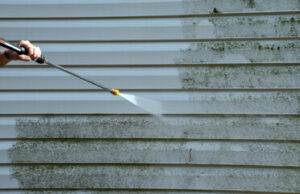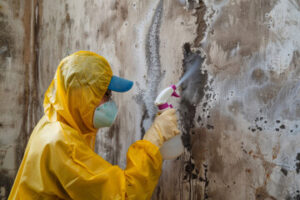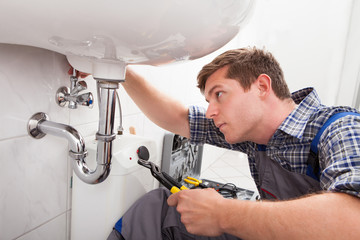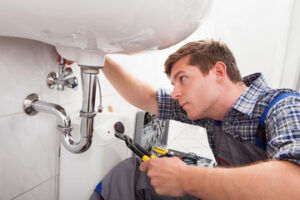Concrete is a construction material that’s used in a wide variety of jobs, from sidewalks and culvert beds to large-scale commercial buildings and roads. It is durable, withstands harsh weather conditions, and is a cost-effective solution for many projects.
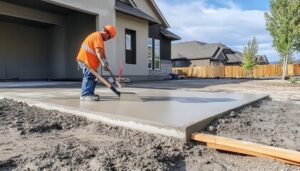
The environment where you place your Concrete Greensboro NC can have an impact on its strength and workability. For example, cold weather may cause it to set up slower or settle more easily.
Concrete is the most popular building material in the world due to its incredible strength. It can withstand significant weight and pressure without failing, making it ideal for heavy-duty projects like roads and foundations. It also resists environmental wear and tear, including freezing temperatures and deicing chemicals, ensuring long-term reliability.
The compressive strength of concrete is measured by the amount of pressure that can be applied to a sample before it structurally fails, or breaks. This is determined by using a machine that compresses a cylindrical sample of concrete until it fails, or until the specified load is reached. When testing concrete, the results are usually reported at 7 days, 14 days, and 28 days after the concrete was poured.
In addition to its compressive strength, concrete also has some tensile (bending) strength. However, this is not nearly as high as its compressive strength, so the concrete is typically reinforced with something that can withstand tensile forces, such as steel reinforcing bars or wire mesh.
These reinforcements add to the concrete’s flexural strength, allowing it to better withstand bending stresses. For this reason, most bridges and high-rise buildings use concrete with a much higher flexural strength than would be possible if it were only used for its compressive strength.
Concrete has a low specific gravity, meaning that it has a relatively low mass for its volume. This helps reduce the cost of materials and allows it to be transported to and from construction sites more easily than other types of building materials.
For new construction, the compressive strength of concrete is a key factor that engineers consider when selecting a mix design and specifying the concrete for a project. In general, engineers look for concrete with a 28-day compressive strength that is greater than the required design strength. In cases where the concrete does not achieve this goal, it may be difficult to pinpoint why the test cylinders did not break as expected. Several factors could have contributed to this, such as the type of cement or aggregate used, the temperature, and the method of transporting and curing.
Durability
Concrete is a tough construction material that lasts much longer than other materials like wood or metal, meaning it reduces maintenance costs and environmental impact over the long term. Unlike other materials, concrete is also fire resistant and has low permeability, making it an ideal building material for buildings in seismic areas. Concrete’s strength, durability and versatility makes it an essential construction material for buildings and infrastructure projects around the world.
When it comes to designing durable concrete, there are a few key considerations that engineers need to keep in mind. These factors include the proper mix design, reducing permeability, and adhering to industry standard construction practices and quality control measures. In addition, a regular maintenance and repair schedule is critical to extending the service life of concrete structures.
The corrosive environment of industrial environments presents unique challenges for concrete structure durability. For example, chemical exposure can cause the embedded steel reinforcement to deteriorate, which in turn can compromise the strength and structural integrity of the concrete. To combat this, it is important to choose the right concrete mix for each application and to use specialized chemical admixtures that can withstand harsh chemical exposure.
It is also important to minimize permeability by following the construction standards for jointing, placing and curing of concrete. This will help to ensure that the concrete can resist water ingress, which can lead to premature deterioration and serious structural failures. In addition, it is important to use a permeability test that accurately evaluates the concrete’s performance under hydrostatic pressure instead of a water absorption or surface area permeability test.
In addition, it is important to monitor and maintain the durability of concrete structures through regular inspections and maintenance to identify any potential issues and prevent them from escalating into major failures. This can be achieved through the use of specialized test methods to assess the condition of concrete, such as a chloride permeability test or a permeability index test.
By implementing these best practices, engineers can create concrete that will stand up to a variety of environmental conditions and provide long-lasting performance. This is the key to ensuring that concrete structures will continue to serve their intended purpose for decades to come.
Workability
Concrete is the cornerstone of modern construction, uniting simplicity and strength in a wide range of applications. Understanding how to work with concrete is essential, especially when it comes to constructing complex forms and shapes. The key is to optimize the mix design, water-cement ratio, aggregates and chemical admixtures. This ensures that the concrete is easy to mix, place and compact while maintaining its strength and durability.
The most important factor affecting the workability of concrete is its water content. The more water a mix has, the more fluid it will be and the easier it will be to lay and pump. However, adding too much water can cause problems like segregation and loss of strength.
The type and grading of the aggregates used can also affect workability. For example, coarser aggregates tend to have less workability than finer ones. This is because the finer aggregates have a larger surface area and require more water to wet their surfaces. As a result, they have higher friction with other particles and are more prone to segregation.
Chemical admixtures can have a huge impact on the workability of concrete. For example, water-reducers and plasticizers can reduce the amount of water needed in a concrete mix without affecting its strength. They can also make the concrete more fluid by reducing its viscosity.
Another important factor influencing workability is temperature. Concrete loses its workability more quickly in hot weather because the hydration process is accelerated. Using appropriate mixing techniques can help maintain good workability even in extreme conditions.
While concrete has excellent compressive strength, it has very little tensile strength. Therefore, it must be combined with another material that can withstand bending and twisting forces. This can be in the form of steel reinforcement bars (commonly known as rebar) or a welded-wire fabric (WWF). WWF is made up of a series of wires with different sizes and weights, which are placed in a matrix of concrete.
A highly workable concrete has low viscosity, flows easily and can be manipulated into shape. This type of concrete is ideal for use in places where effective compaction is difficult and requires manual labor.
Appearance
Concrete is one of the most popular building materials in the world, and it’s a familiar sight to many people. It’s used for sidewalks and roads, in foundations of schools, homes, and buildings, as well as dams and tsunami walls to protect communities from natural disasters. It’s also used to build water pipes and reservoirs to supply clean drinking water.
Concrete consists of three basic components: water, aggregates (such as sand or crushed stone), and a binder, usually cement. There are a wide range of different types of concrete, created to meet the specific needs of each construction project.
The water in the concrete mixes with the cement to form a paste that coats and binds the aggregates together. The paste hardens to create a rock-like mass that is strong and durable.
The cement that binds the other ingredients together is usually made from limestone, though it can be produced from other materials, such as clay. The cement is ground into a fine powder and mixed with water, sand, and gravel to make concrete. There are also many different admixtures that can be added to the concrete to control its properties, such as its strength, set time, and workability.
Wright often incorporated concrete into his designs, including the soaring concrete pyramid of the Unity Temple and the Guggenheim Museum’s curved concrete slabs. Concrete is a significant part of many of his Prairie-period houses as well, in both the basement walls and floor slabs.
A variety of decorative techniques can be used on concrete to change its appearance, such as stamping and staining. This can add visual appeal and even reduce the cost of a project, since the concrete will look more like a natural material.
The concrete industry includes the production of concrete itself as well as the industries that supply the cement, sand, gravel, and admixtures. The sand and gravel industries are especially important, as they supply the aggregates that go into concrete. The cement industry itself is comprised of a number of distinct sectors, such as the manufacture of portland cement and specialty cements for particular applications.

